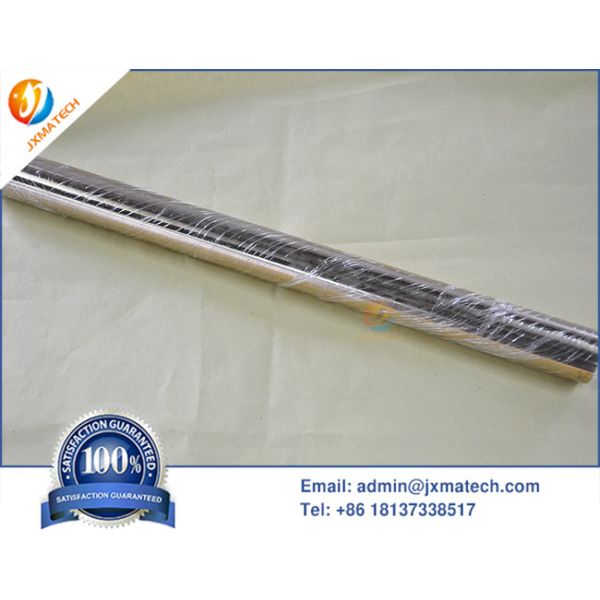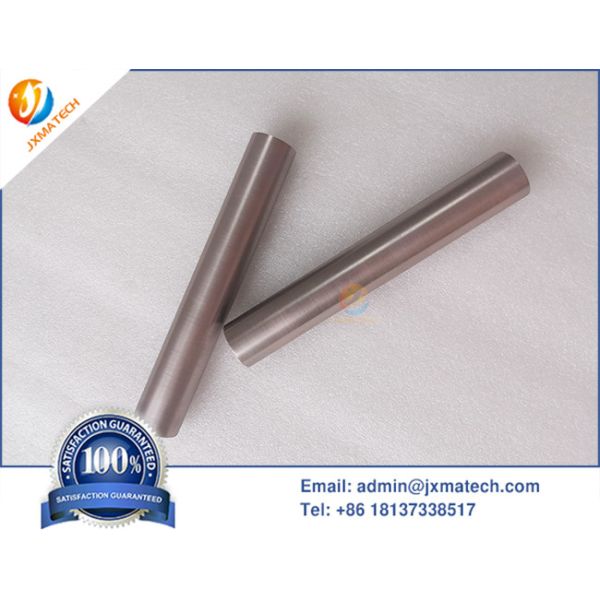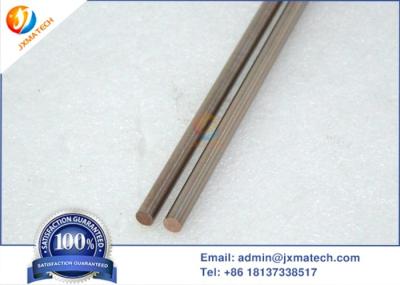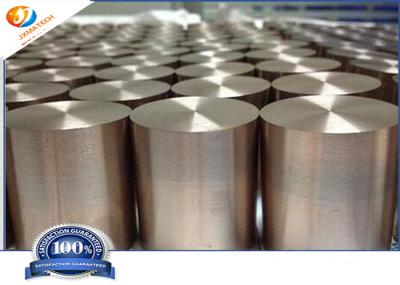| Code No. | Chemical Composition % | Mechanical properties | ||||||
| CU | Impurity | W | Density (g/cm3 ) | Hardness HB | RES( cm) | Conductivity IACS/ % | TRS/ Mpa | |
| CuW(50) | 50±2.0 | 0.5 | Balance | 11.85 | 115 | 3.2 | 54 | |
| CuW(55) | 45± 2.0 | 0.5 | Balance | 12.30 | 125 | 3.5 | 49 | |
| CuW(60) | 40±2.0 | 0.5 | Balance | 12.75 | 140 | 3.7 | 47 | |
| CuW(65) | 35±2.0 | 0.5 | Balance | 13.30 | 155 | 3.9 | 44 | |
| CuW(70) | 30±2.0 | 0.5 | Balance | 13.80 | 175 | 4.1 | 42 | 790 |
| CuW(75) | 25±2.0 | 0.5 | Balance | 14.50 | 195 | 4.5 | 38 | 885 |
| CuW(80) | 20±2.0 | 0.5 | Balance | 15.15 | 220 | 5.0 | 34 | 980 |
| CuW(85) | 15±2.0 | 0.5 | Balance | 15.90 | 240 | 5.7 | 30 | 1080 |
| CuW(90) | 10±2.0 | 0.5 | Balance | 16.75 | 260 | 6.5 | 27 | 1160 |
Apparel & Textile Machinery
(75900)
Building Material Machinery
(55852)
Cleaning Equipment
(104054)
Electronics Production Machinery
(39881)
Energy & Mineral Equipment
(127869)
Engineering & Construction Machinery
(401378)
Environmental Machinery
(35590)
Food & Beverage Machinery
(97353)
Industrial Compressors & Parts
(28499)
Industrial Robots
(3603)
Industry Laser Equipment
(44115)
Machine Tool Equipment
(129643)
Machinery Accessories
(202994)
Machinery Service
(996)
Metal & Metallurgy Machinery
(69132)
Packaging Machine
(102444)
Paper Production Machinery
(29371)
Language
Français
Русский язык
Español
日本語
Português

Show all machinery categories
Apparel & Textile Machinery
(75900)
Building Material Machinery
(55852)
Cleaning Equipment
(104054)
Electronics Production Machinery
(39881)
Energy & Mineral Equipment
(127869)
Engineering & Construction Machinery
(401378)
Environmental Machinery
(35590)
Food & Beverage Machinery
(97353)
Industrial Compressors & Parts
(28499)
Industrial Robots
(3603)
Industry Laser Equipment
(44115)
Machine Tool Equipment
(129643)
Machinery Accessories
(202994)
Machinery Service
(996)
Metal & Metallurgy Machinery
(69132)
Packaging Machine
(102444)
Paper Production Machinery
(29371)














